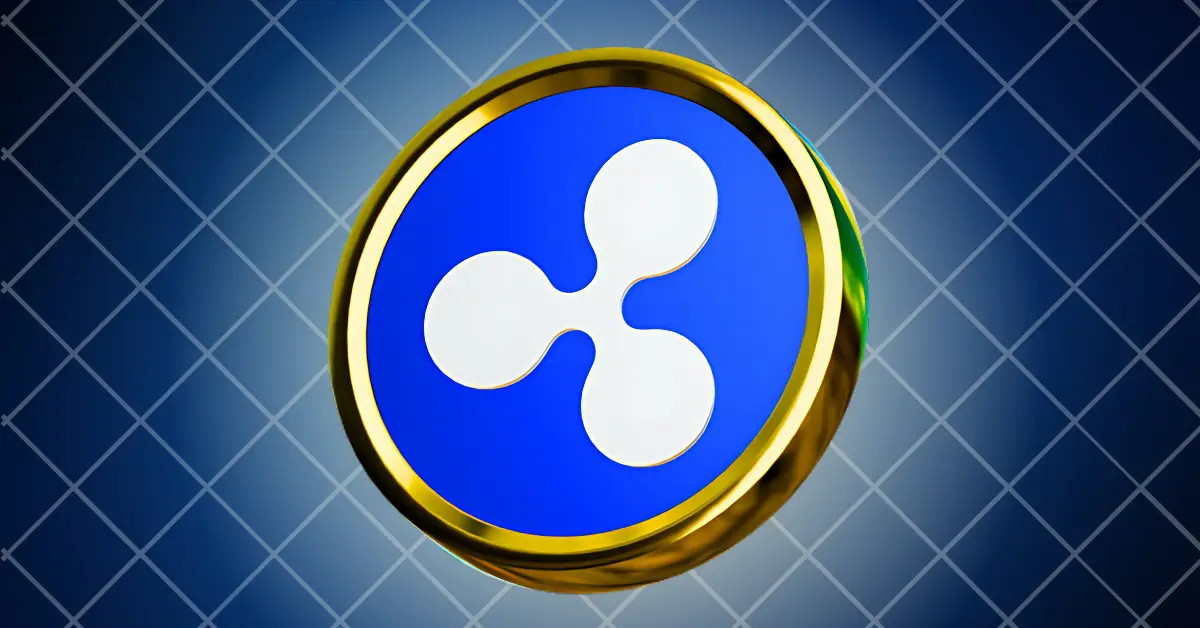Australia is advancing its role in the global digital economy through a strategic alignment with Ripple, focusing on adopting tokenized assets. According to Crypto Sensei on X, this partnership is central to Australia’s plan to modernize its financial systems using blockchain technology.
A joint report released by Ripple, the Digital Economy Council of Australia, and the Digital Finance Cooperative Research Centre outlines the country’s policy approach to asset tokenization. The report finds that adding asset tokenization to current markets could lead to an annual productivity gain of $12 billion.
This is predicted to offer more ways for liquidity to enter traditionally difficult markets in housing and similar fields. If combined with tokenization, normal investors can purchase shares in property and expensive assets.
The company is growing in this area by increasing the number of countries involved in its On-Demand Liquidity (ODL) service. Ripple executive Eric Van Miltenburg told Crypto Sensei that Australia is now one of the primary beneficiaries of this increased activity.
Also Read: Bitcoin Nears All-Time High as Altcoins Skyrocket—Is Altseason Finally Here?
Local Firms and Stablecoin Projects Drive Growth
Australia’s fintech companies are driving this vital change, with Hai Ha Money Transfer adopting Ripple’s remittance technology three years ago. CEO Diane Nguyen said the integration has enhanced the company’s liquidity and sped up transaction processing.
Ripple partner Novatti is participating by helping to build a stablecoin and is joined by others in Project Acacia. The project is being driven by the Reserve Bank of Australia and the DFCRC. Fireblocks and R3 are also playing a role, proving Australia is becoming a leading player worldwide in the digital asset sector.
Before joining Ripple, Dilip Rao worked with the Reserve Bank of Australia and helped create the XRP Ledger. His presence demonstrates that Ripple has long worked closely with the main financial organizations in Indonesia.
Government Support Strengthens Ripple Integration
Australian political leaders are actively encouraging digital asset growth. Assistant Minister for the Digital Economy Andrew Charlton acknowledged the shift, stating that cryptocurrency is now considered a critical part of economic development. He emphasized the importance of balancing innovation with regulatory oversight.
According to Ripple’s President Monica Long, Australia is just as important a corridor for settlement as Europe and Singapore. Ripple CTO Peterson explained that new demand for RLUSD will come from the region as more assets get tokenized.
Australia leads in using blockchain because of its straightforward rules and teamwork among financial players. Since both sectors work together, tapping into the $12 billion potential from tokenized assets looks more likely.
Ripple’s joining forces with Australia is a significant advance in transforming the financial market by tokenizing assets. Due to strong institutions, better online tools, and higher investor interest, the country is capitalizing on a $12 billion potential.
Also Read: Ripple’s Plan to Buy Circle Could Wipe Out Crypto Competition, Expert Warns

